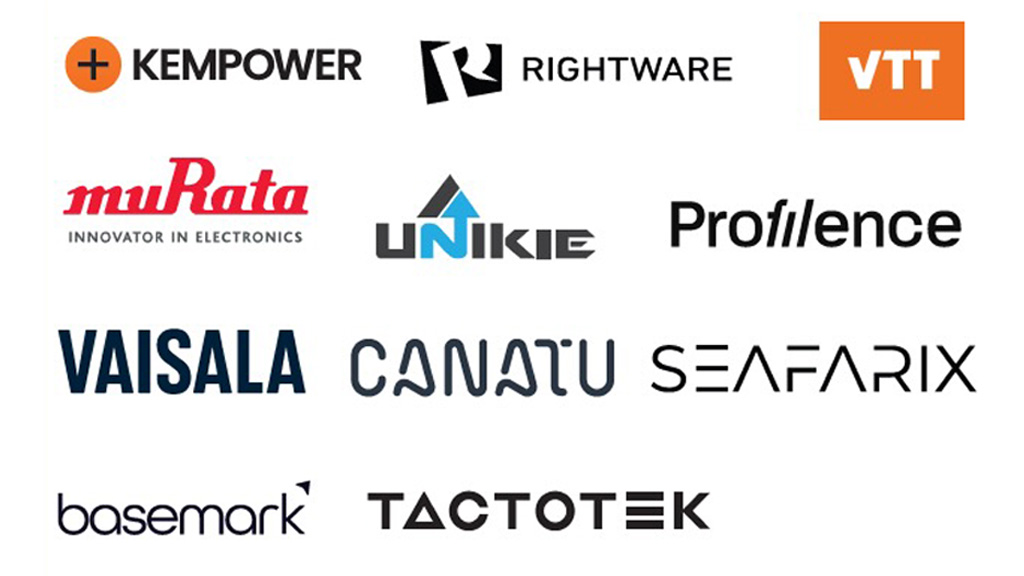VTT publishes new research about the state of digitalisation in public transportation in Finland
The digitalisation of public transport helps to achieve the set service and emissions targets
Finland needs a digital travel information market that motivates different information providers to produce travel data needed for high-standard digital services to be shared by all service providers. Travel information contains data related to the operation of public transport, such as route, stop and timetable data, as well as disruption information and real-time data.
In collaboration with key public transport operators, the Finnish state owned research institute VTT studied the current situation of the digital travel information infrastructure, development needs, organisational models and measures for achieving the target state. The aim is to make public and shared transport a genuine alternative to private motoring to reduce emissions and generate business-driven growth. The key measure to increase attractiveness is the provision of comprehensive, high-quality digital travel data and services based on it.
Challenges of the current state and future goals
The operating environment of public transport has gone through many changes. Emissions targets, customer requirements and changes in legislation require increasing attention from service providers. Furthermore, new forms of mobility and flexible demand-driven and shared services increase the requirements for digital services. The implementation of smooth multimodal travel chains requires taking account of the needs of various actors and standard solutions to ensure interoperability. At the national level, the development of digital public transport services has come to a halt or been siloed into limited service packages, despite the efforts of the authorities to establish nationwide integration of travel data and a journey planner based on it.
“The current systems are beginning to be outdated, and they no longer support all needs and new forms of mobility services. All actors will need to renew their systems in the near future, which provides an opportunity for developing common and compatible solutions,” says Hannu Heikkinen from the Helsinki Regional Transport Authority (HSL).
The need for the reorganisation of the providers of travel information services arises largely from the need to provide interoperable services in a cost-effective manner. Another major change in the current situation is the restructuring of the maintenance and service provision of the Digitransit system, which serves as the foundation of, for example, matka.fi and the journey planners of HSL and TVV Lippu- ja maksujärjestelmä Oy.
In addition to services targeted to consumers, transport operators and other travel information providers need a clear integration environment, standards, guidelines and tools for producing high-quality travel information for all parties involved.
“Comprehensive travel information is needed by all, not only customers but also authorities for such tasks as planning and monitoring,” says Pipsa Eklund from the Finnish Transport and Communications Agency Traficom.
Measures and operating models for achieving the objectives
The VTT report describes different alternatives for potential organisational models for the travel information ecosystem, including the roles, necessary measures and technical solutions. The aim is to find a model that uses the work and business of different actors while taking account of the needs of the public sector. Tentatively, the hybrid model based on cooperation between the public and the private sector is considered the best option.
“The challenge with closed systems is whether they allow providing consumers with a service that is good enough to make them switch from private cars to public transport,” says Jari Paasikivi from TVV lippu- ja maksujärjestelmä Oy.
Towards an advanced national solution together with the key operators in the sector
“As a small market area, it is not resource-wise for Finland to have different parties doing the same overlapping things that, at their worst, are not even compatible. A common ecosystem and trust network between the actors would give better opportunities for cost-effective action that, at best, could extend beyond national borders,” says Olli Pihlajamaa, Senior Scientist at VTT.
HSL, Matkahuolto, TVV Lippu- ja maksujärjestelmä, Traficom and VTT have decided to make an initiative on a travel information group, which will set off to specify the required measures together and ultimately decide on the organisation of the collection and integration of travel data. The aim is to bring Finnish actors together to join concrete cooperation, which would result in building a joint solution that serves all actors.
“To generate good services the project should engage a broad range of actors and service providers from both the private and public sectors in producing and utilising information. Genuine collaboration will benefit all the parties involved and enable the provision of better services to consumers,” says Mika Rajanen from Oy Matkahuolto Ab.
Further information:
VTT Technical Research Center of Finland
Olli Pihlajamaa
Senior Scientist
+358 40 5069153
olli.pihlajamaa@vtt.fi
Read the original article in Finnish on VTT’s webpage.








